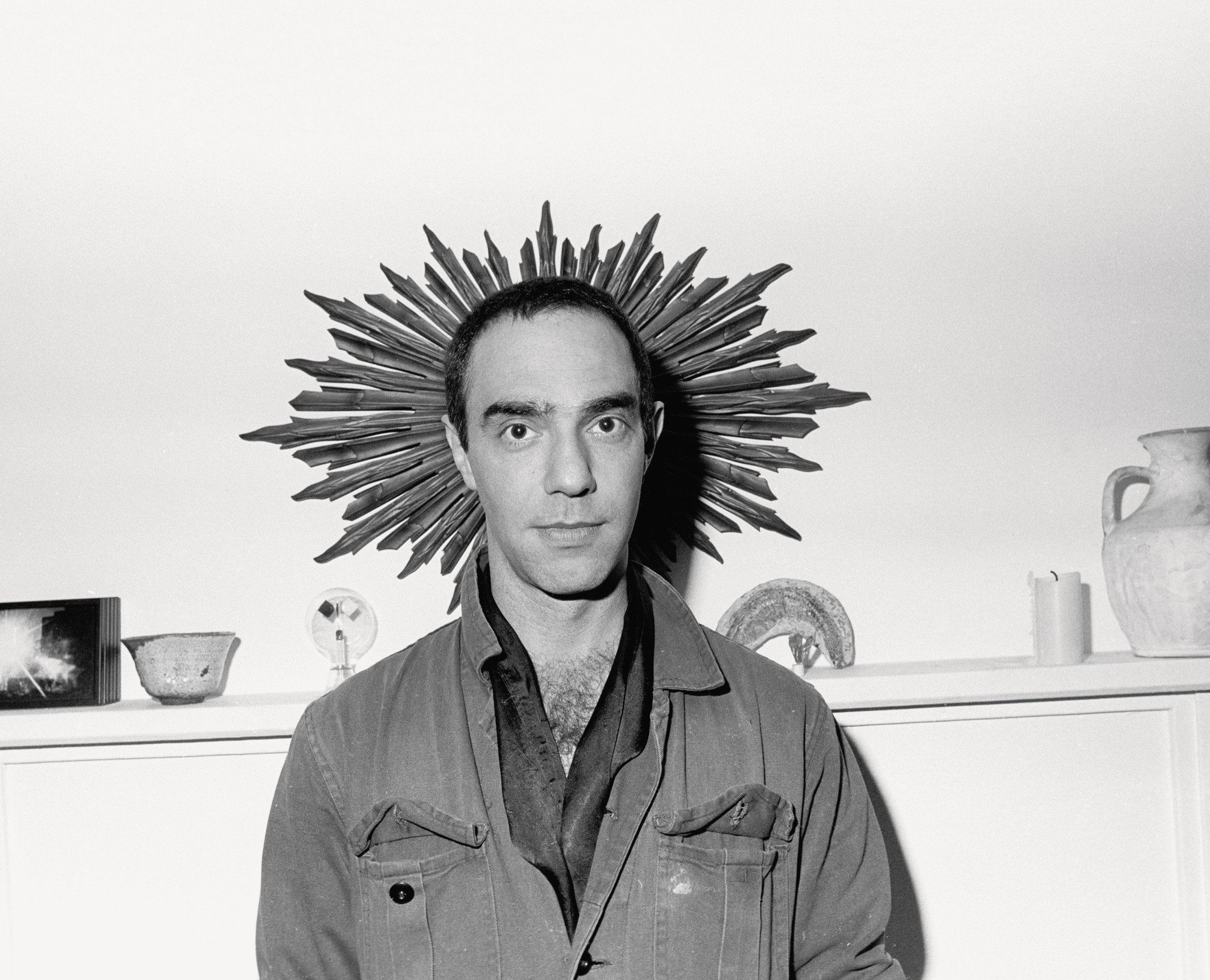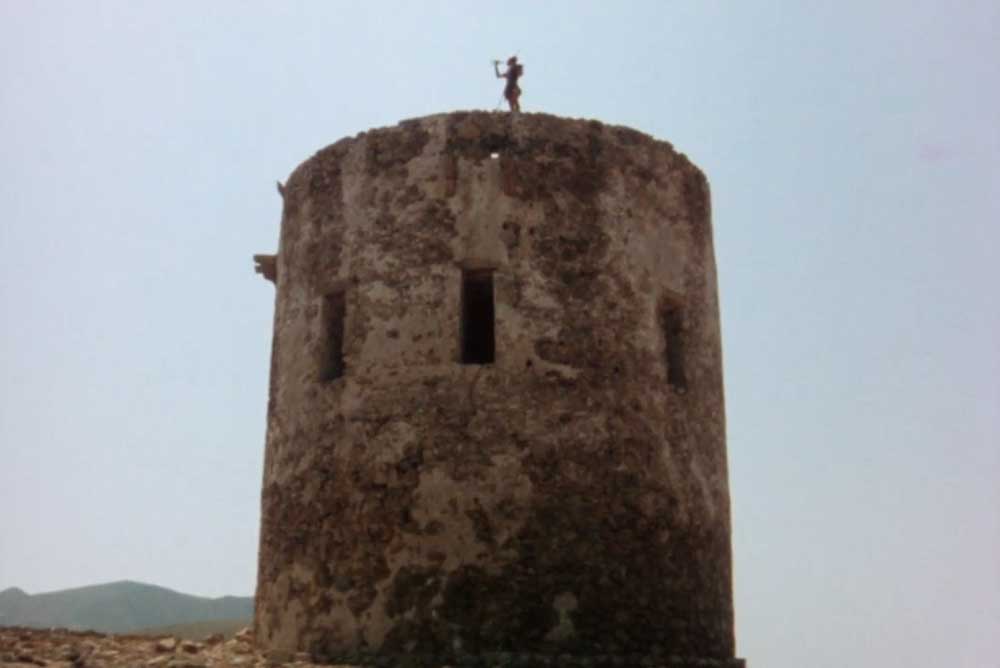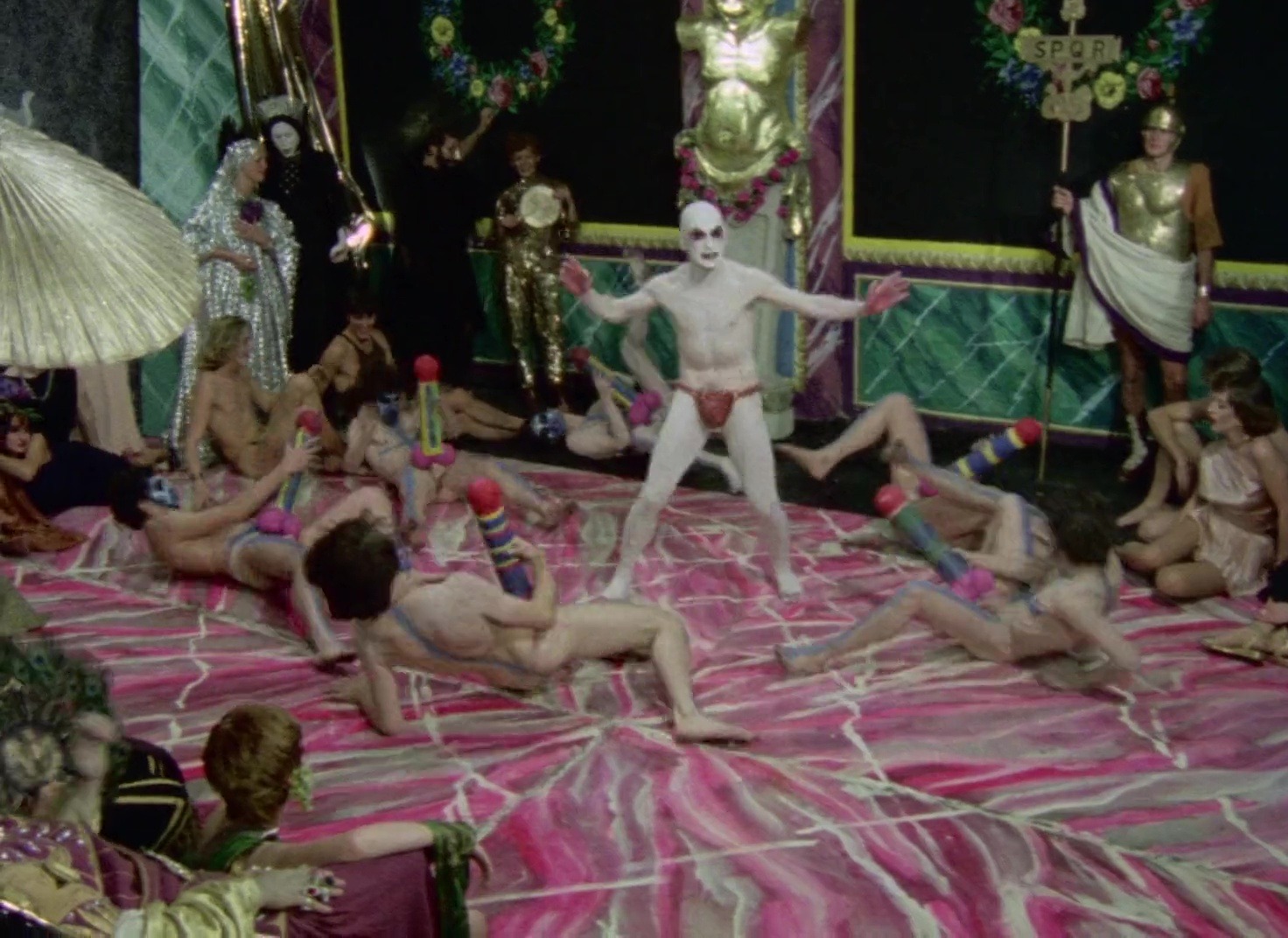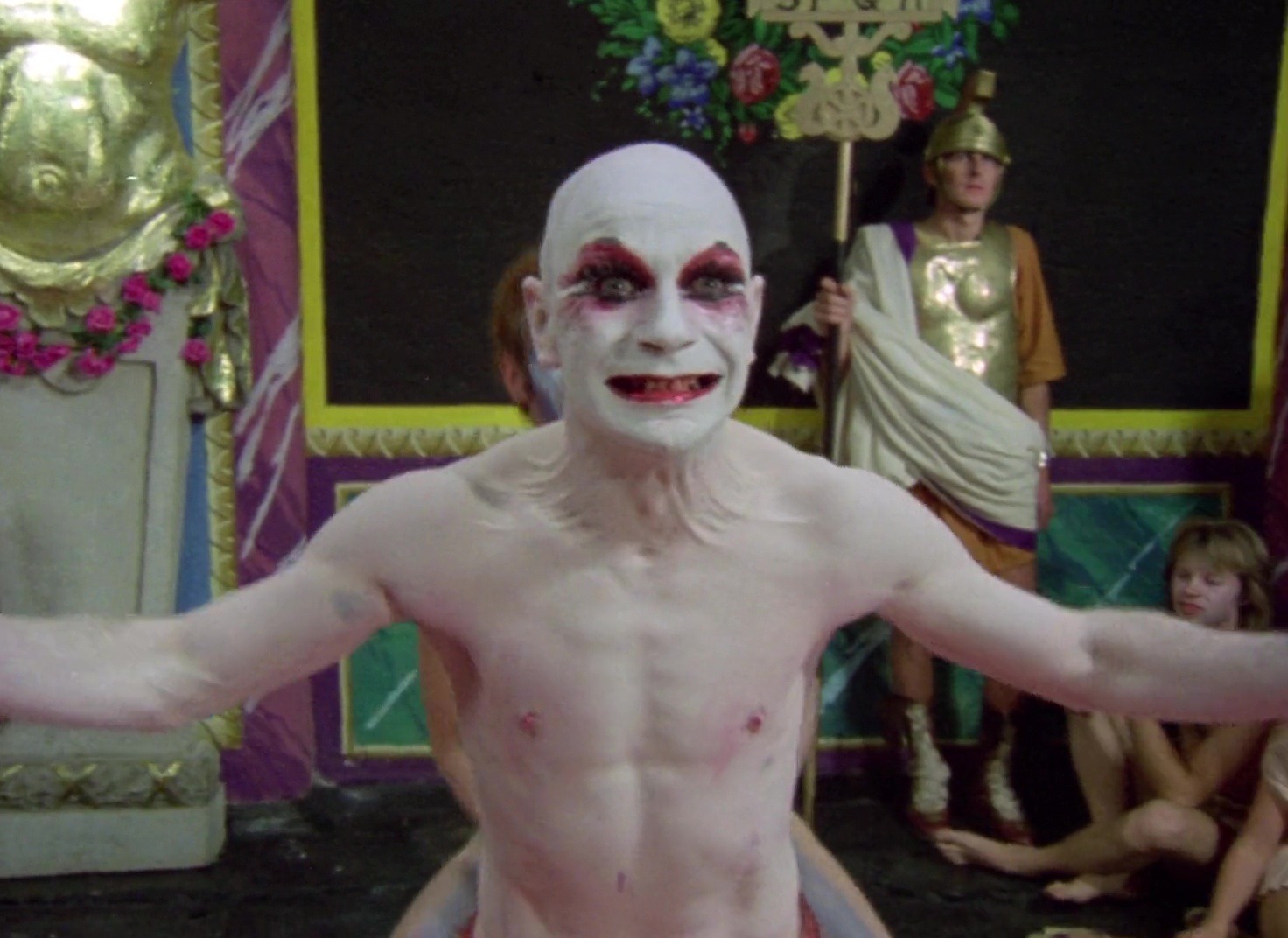Sebastiane (1976): Derek Jarman's first film shot in Sardinia.
Sebastiane is a cinematic work that marked a turning point in British and queer cinema. Shot in Sardinia in 1976, the film offers an idiosyncratic reinterpretation of the figure of Saint Sebastian, the Christian martyr who was struck down with arrows under the Emperor Diocletian.
However, the film does not merely provide a historical narrative; Jarman enriches it with an intense aesthetic vision and a profound reflection on eros, martyrdom, and sexual identity.









The film is entirely in Latin, with English subtitles, and includes explicit depictions of homosexual desire—elements that made it controversial from its debut at the Gate Cinema in Notting Hill in 1976, and later during its television broadcast on Channel 4 in 1985.
The landscape of the island plays a crucial role in the film's visual aesthetic, lending a mystical and primitive quality to the narrative. During the weeks of shooting, the sun, sea, and sand of Sardinia helped create a visually striking and intense atmosphere, which is reflected in the film's lyrical tone.
Sebastiane is considered a landmark not only for queer cinema but also for its portrayal of the psychology of martyrdom and male sensuality. The film explores complex themes of dominance, submission, and narcissism, going beyond a mere celebration of homosexuality.
It is a bold work that transcends political activism, addressing universal themes with extraordinary aesthetic sensitivity. Sardinia, with its pristine natural beauty, contributes immeasurably to this work, blending art, history, and introspection.
The landscape of the island plays a crucial role in the film's visual aesthetic, lending a mystical and primitive quality to the narrative. During the weeks of shooting, the sun, sea, and sand of Sardinia helped create a visually striking and intense atmosphere, which is reflected in the film's lyrical tone.
Sebastiane is considered a landmark not only for queer cinema but also for its portrayal of the psychology of martyrdom and male sensuality. The film explores complex themes of dominance, submission, and narcissism, going beyond a mere celebration of homosexuality.
It is a bold work that transcends political activism, addressing universal themes with extraordinary aesthetic sensitivity. Sardinia, with its pristine natural beauty, contributes immeasurably to this work, blending art, history, and introspection.



